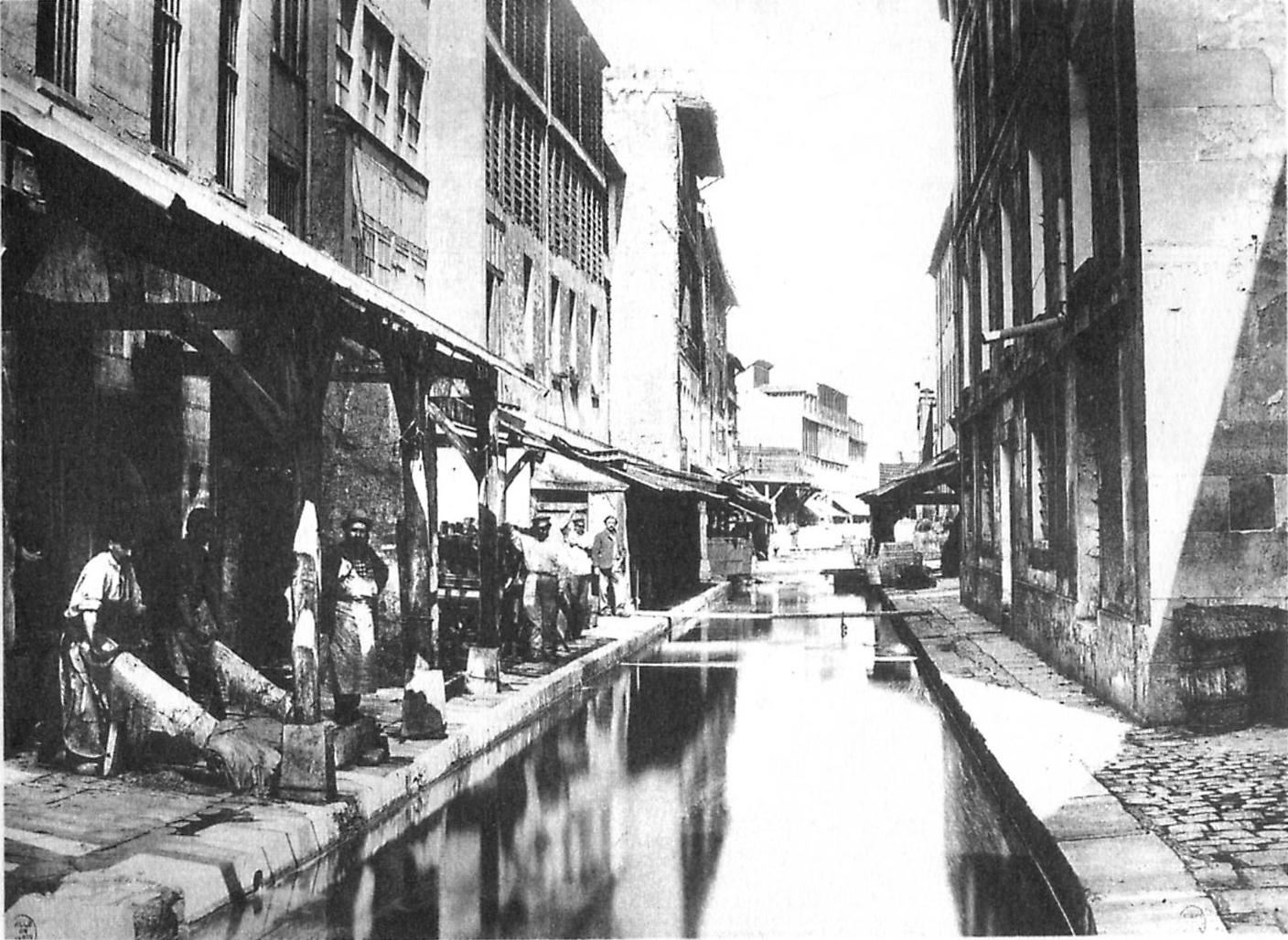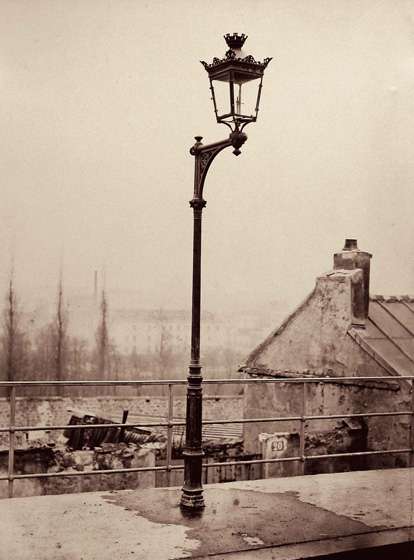One of the great fortunes of living in Washington, DC is being able to walk down to the National Gallery of Art, enter at no cost, and wander the grand halls to view a rare Van Gogh. I did that on a recent Saturday and after viewing “Green Wheat Fields,” I happened upon an an exhibit of the photography of Charles Marville, a relatively obscure French photographer from the mid-1800s. The medium of photography had only existed for 11 years before he took it up in 1850 after working as an illustrator. By 1862, he’d become a well known photographer commissioned to capture the “radical modernization” of Paris launched by Emperor Napoleon III and his chief urban planner, Baron Georges-Eugène Haussmann. I was particularly drawn because it seemed closely akin to what we now call urban gentrification, a topic we recently studied in our latest film Fate of a Salesman.

Marville’s photographic study of Paris is a fascinating mix of images admiring the modern amenities of light posts and public urinals and an unflinching reflection on the lowest class, set to be squeezed out of a new Paris. I was surprised that at the time there was the notion to capture the old alongside the new. It’s a nostalgic and progressive consideration that strikes me as thoroughly modern. Even 150 years ago, Marville’s study demonstrated a sense of the unsettling social and physical changes that modernization/urban gentrification can bring.

Marville seemed as equally conflicted with the impact of the modernization of Paris as I continue to be with the changes of my own city of Washington, DC. In his images, I can see both his admiration of new luxuries and his concern for those communities left behind. The similarities between the cities’ transformations, so far apart, is remarkable. Paris in 1862 was modernizing after scars of uprisings in 1848 just as DC gentrifies after years of blight following the riots of 1968. Both cities bore physical and emotional scars that made later modernization/gentrification that much more complex.
According to the National Gallery of Art, “Marville’s photographs of Paris stand as one of the earliest and most powerful explorations of urban transformation on a grand scale.” As we look at our cities’ present transformation, it’s illuminating to reflect on the past, particularly through image. I hope that our own story of Men’s Fashion Center and H Street NE will be as informative and inspiring 150 years from now.